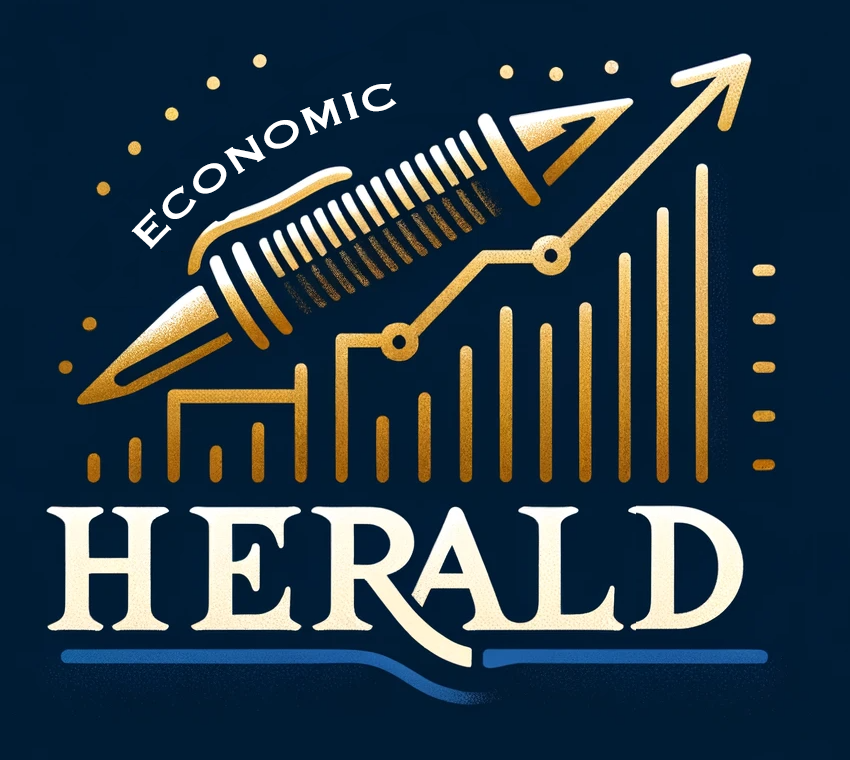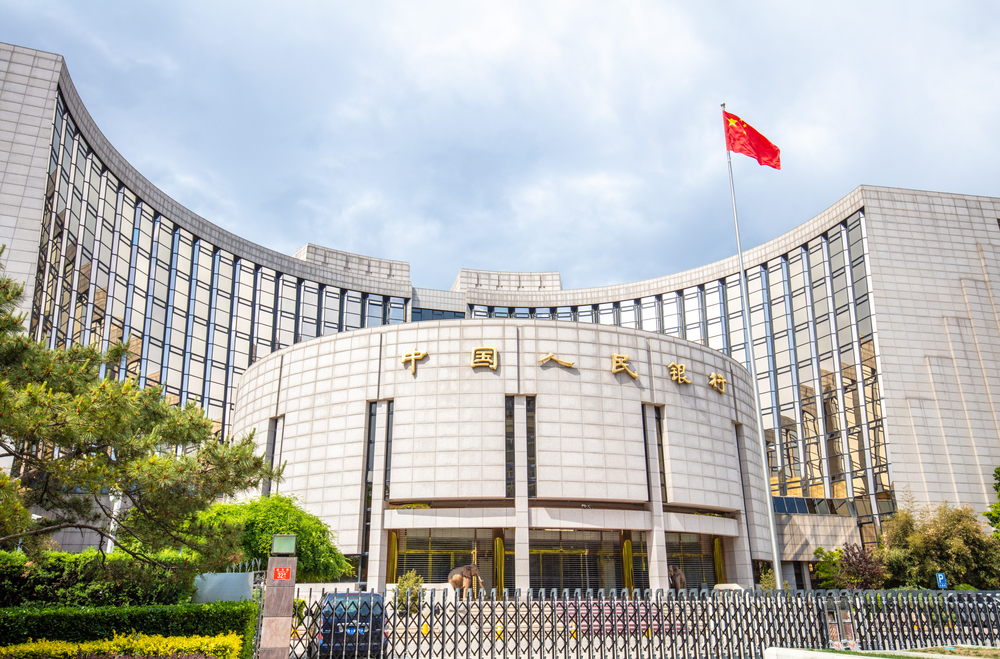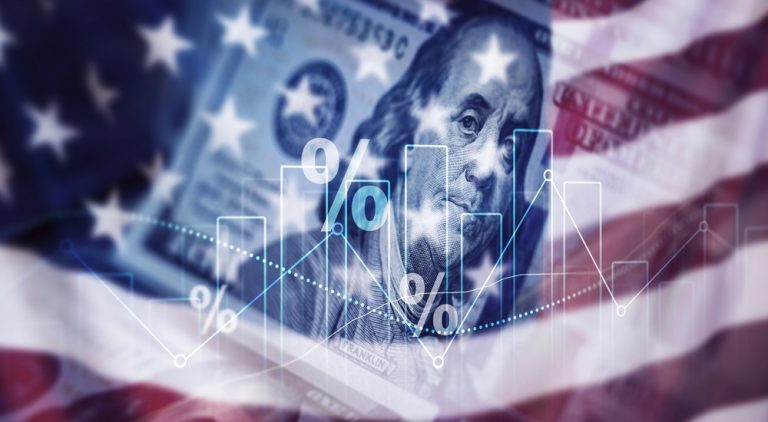China’s central bank, the People’s Bank of China (PBOC), cut its key lending rates by 10 basis points on Tuesday as part of efforts to stimulate the economy. This decision comes amid a stronger yuan and easing trade tensions, providing China with room for monetary easing.
Lending Rate Cuts and Economic Impact
The 1-year loan prime rate (LPR) was reduced from 3.1% to 3.0%, while the 5-year LPR dropped from 3.6% to 3.5%. These rates serve as key benchmarks for corporate and household loans, with the 5-year LPR particularly influencing mortgage rates.
These cuts mark the first reduction in lending rates since October 2022, when the PBOC had reduced rates by 25 basis points. The decision follows a slew of other state-backed commercial lenders that also lowered their deposit rates by up to 25 basis points to protect their net interest margins, paving the way for the key lending rate reductions.
Continued Monetary Easing Expected
Zichun Huang, chief economist at Capital Economics, anticipates further easing, forecasting another 40 basis point reduction in lending rates by the end of the year. These rate cuts are part of a broader package of stimulus measures announced earlier in the month, which also included reducing the amount of cash banks must hold in reserves. Additionally, mortgage rates under the country’s housing provident fund were reduced by 25 basis points.
Despite the modest rate cuts, Huang warns that they may not significantly boost loan demand or revive the broader economy, noting that fiscal policy will play a critical role in supporting demand.
Trade De-Escalation and Economic Growth Forecast
Trade tensions between the U.S. and China have eased, with both nations agreeing to roll back most tariffs for a 90-day period. This de-escalation has led to increased optimism, prompting global investment banks to revise their growth forecasts for China’s economy. Nomura has raised its GDP growth forecast for the second quarter to 4.8%, up from 3.7%, while lifting the full-year growth projection to 3.7% from 3.5%.
However, analysts caution that China’s economy still faces significant risks, including the ongoing housing slump and the possibility of the U.S. reinstating higher tariffs. Despite these challenges, Chinese authorities have set an ambitious growth target of around 5% for the year.
Deflationary Pressures and Future Stimulus
China continues to battle deflationary pressures, with wholesale prices experiencing their steepest drop in six months in April, and consumer prices falling for the third consecutive month. Economists anticipate additional stimulus measures but expect them to be lighter and rolled out at a slower pace due to the reduced tariff levels.
Despite the tariff reprieve, China’s trade-weighted tariff rate with the U.S. remains high at 40%, significantly impacting the country’s external demand. Analysts warn that these elevated tariffs will dampen export growth and exacerbate domestic economic issues such as excess capacity.






















